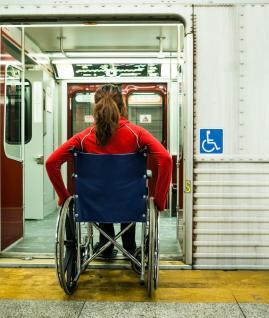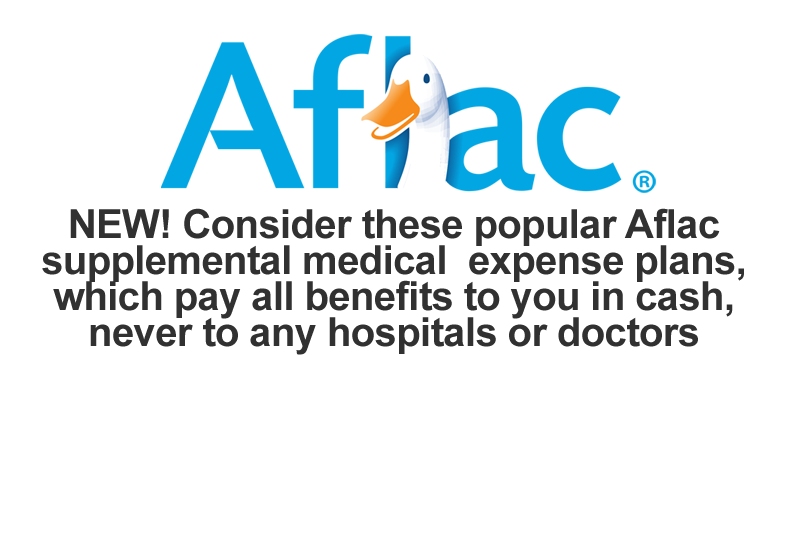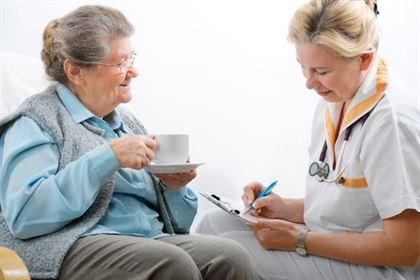 Women are most at risk both physically and financially when it comes to disability but may not be prepared for it, according to a study by The State Farm Center for Women and Financial Services at The American College of women.
Women are most at risk both physically and financially when it comes to disability but may not be prepared for it, according to a study by The State Farm Center for Women and Financial Services at The American College of women.
The survey found women are at a greater risk whether they’re working or a stay-at-home mom, single or married.
Fifty percent of women said that if they were to become disabled, the impact on their household’s finances would be at least “somewhat devastating.” The study found that 18 percent of women (compared to only 12 percent of men) are “extremely concerned” about the impact a disability could have on their financial situation.
Women are almost twice as likely as men to think their cash reserves would last less than one month in the event of a disability (22 percent versus 12 percent). Furthermore, women are not only more apt to experience financial hardship due to a disability – they are also significantly more likely than their male counterparts to develop a disability in the first place.
According to the Centers for Disease Control and Prevention, women are more likely to experience a disabling condition during their working and senior years. Arthritis, the leading cause of disability among adult Americans, is more than twice as likely to affect women as men.
The incidence of disability for females has risen at a disproportionate rate relative to males, according to data from the Social Security Administration. Between 1999 and 2009, Social Security Disability Insurance applications for men grew by 42 percent vs. an increase of 72 percent for women.
Single women are especially financially vulnerable – more than one in four (28 percent) saw the consequences of disability as “totally devastating.” Married women are also at risk; they are more likely (20 percent) than married men (11 percent) to said they are concerned that their spouse will become disabled and unable to work.
Employer-sponsored plans are the most common means of disability insurance, however less than half have this benefit with women less likely than men (45 percent vs. 51 percent) to be covered. Female entrepreneurs are at even greater risk.
Another survey, released by The American College in January 2012, focused on small business owners. It found that roughly 22 percent of women small business owners own, and offer their employees, short and long-term disability coverage. This data reveals a gap in coverage for many women who own or work for a small business.
“The implications of this research are startling. Financial services professionals need to start educating their clients, especially their female clients, about the steps they can take to prepare for disability,” Mary Quist-Newins, director of The State Farm Center for Women and Financial Services at The American College, said in a statement. “These professionals have the unique opportunity to empower women to make sure they’re fully prepared and aware of their options.”
In other study results:
• While more than half of men have at least done some research into how much disability insurance they need, only about four in ten women have researched the issue.
• Fifty-two percent of men compared to 37 percent of women, have discussed the possibility and implications of a disability with a financial advisor.
• Women are less likely than men to feel confident about job security (28 percent vs. 39 percent), covering basic expenses (25 percent vs. 25 percent), and being able to afford medical care (17 percent vs. 25 percent), if they were to become disabled.











